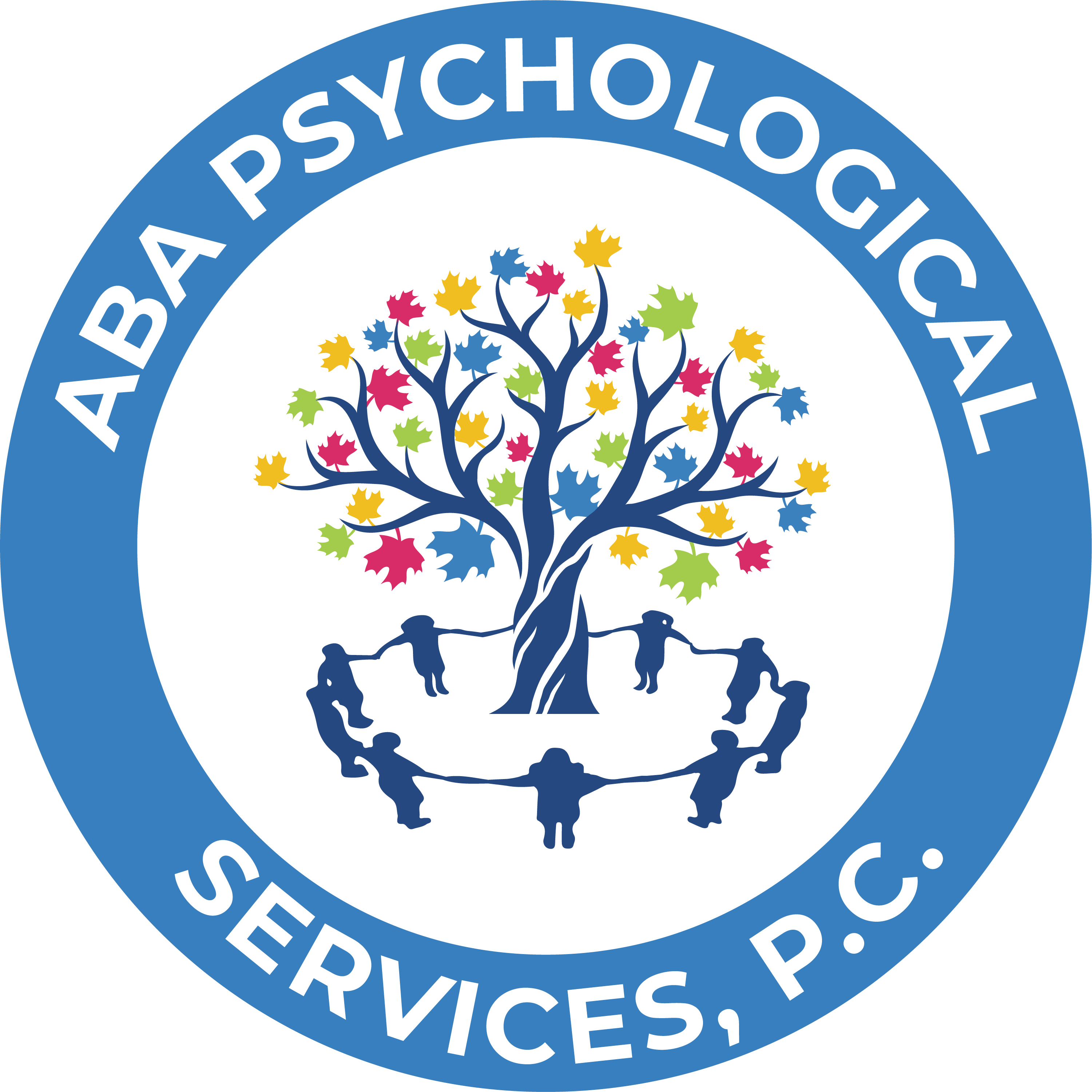
NEWS
How to Build Coordination for Your Autistic Child
October 1, 2022
By ABA Psychological Services
A large percentage, some say, over 80% of autistic children show difficulties in balance, coordination, posture, and motor skill. These challenges are prevalent in children across the autism spectrum, and the degrees of coordination and dexterity will vary. There are multiple ways to build coordination for your child. We’ll discuss signs of poor coordination, theories on why children with autism have coordination challenges, and simple exercises and games that can help.
How Does Poor Coordination Show in Children with Autism?
Not every child will show the same signs of balance and coordination difficulties. Some may have trouble sitting upright, difficulty running, or general clumsiness. Some children with autism show signs of low muscle tone, strength, and poor endurance. Children may have trouble coordinating muscle movement and will show as an unusual or unsteady gait. Children with autism may only show difficulties with fine motor skills, while others will struggle with both gross and fine skills.
What are Fine Motor Skills
Fine motor skills are those physical activities that involve the use of smaller muscles in the hands and wrists. They involve making small, precise movements like picking up a pencil, writing, , buttoning a shirt, brushing teeth, and are present in other important daily living skills.
What are Gross Motor Skills
Gross motor skills are larger movements such as:
• Sitting
• Standing
• Walking
• Running
• Swimming
• Walking up a flight of stairs
• Kicking
• Dancing and jumping
Gross motor skills involve larger muscles of the legs, arms, back, and torso. Gross and fine motor skills are crucial to the movements and tasks we do every day.
Why Children with Autism Have Balance and Coordination Difficulties
For those with balance issues, the cause may be located in the cerebellum. This area of the brain manages balance, coordination,
and movement, among other things. Additionally, the answer could lie in ‘connectivity theory’ or the idea that in autistic brains, the communication or connectivity between brain regions is irregular.
Research into brain development and autism is complex; with so many differences between individuals, age groups, gender, and level of support
individuals require. New studies continue to help further shape our understanding of autism, but it is essential to have a
professional observe motor skills in your child.
Exercises to Help with Balance and Coordination for Those with Autism
Regular exercise could help immensely with balance and coordination for those with autism. Not only on a physical level but social too.
Recent studies suggest that lack of coordination could contribute to poor social skills if a child cannot participate in social activities and sports. Here are a few activities and exercises that may help with balance and coordination.
• Balance board activities
• Walking to school
• Swimming
• Jungle gyms or trampolines
• Biking
• Badminton
• Hiking or stair climbing
• Playing catch
• Ball pits
• Horseback riding
Consider the location of playing and exercising with your child. A crowded, noisy playground might be suitable. Families are also finding activities
such as yoga, karate, and surfing can have an
enormous benefit to those with autism.
Eye and Hand Coordination Exercises
Improving eye and hand coordination for children with autism can significantly build fine motor skills. One easy way to improve eye-hand coordination is to play! A few suggestions to incorporate play while working on eye and hand coordination include:
• Banging on a drum or keyboard (even a pot) with a mallet or drumstick.
• Fill a plastic bottle with rice or beans and use it as a shaker.
• Throw bean bags into a tub.
• Play a game of bowling with a child-size bowling set.
• Egg and spoon race with plastic eggs.
• Coloring books, finger painting, and handwriting.
• Build with Legos, Duplo blocks, or other connecting-type building bricks.
• Puzzles with large, sturdy pieces or peg-styled.
• Shape sorters.
Always be mindful of age and abilities when picking games to increase eye and hand coordination.
Find Out More Ways to Support Your Child
Improving eye and hand coordination and fine and gross motor skills is usually a multi-layered approach.
Applied Behavior Analysis (ABA)
combined with occupational therapy or physical therapy could be highly beneficial.
Families and caregivers always play an essential role in the success of treatment. ABA Psychological Services is dedicated to helping your
child reach their highest potential. Contact us today for in-home or clinical-based therapy options that promote your child’s learning goals, wellness, and independence.
Back to blog
